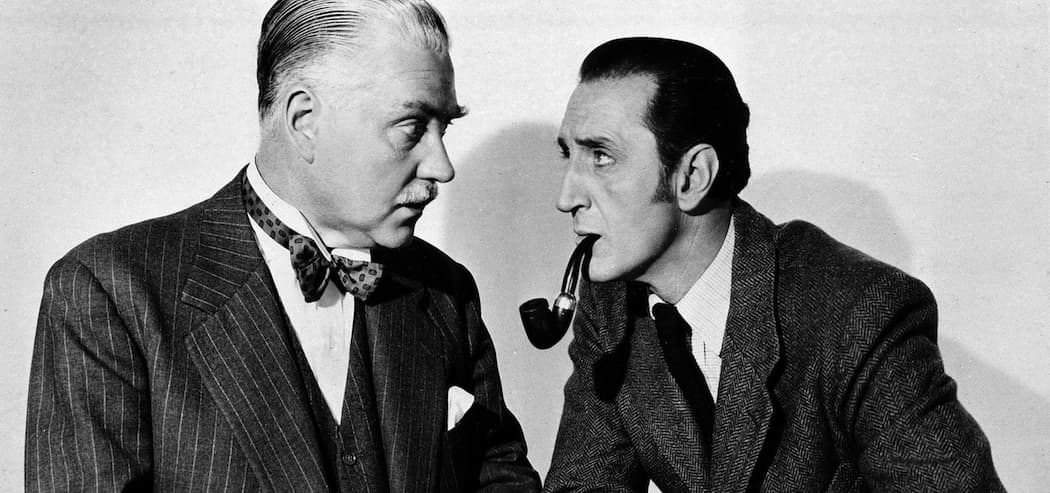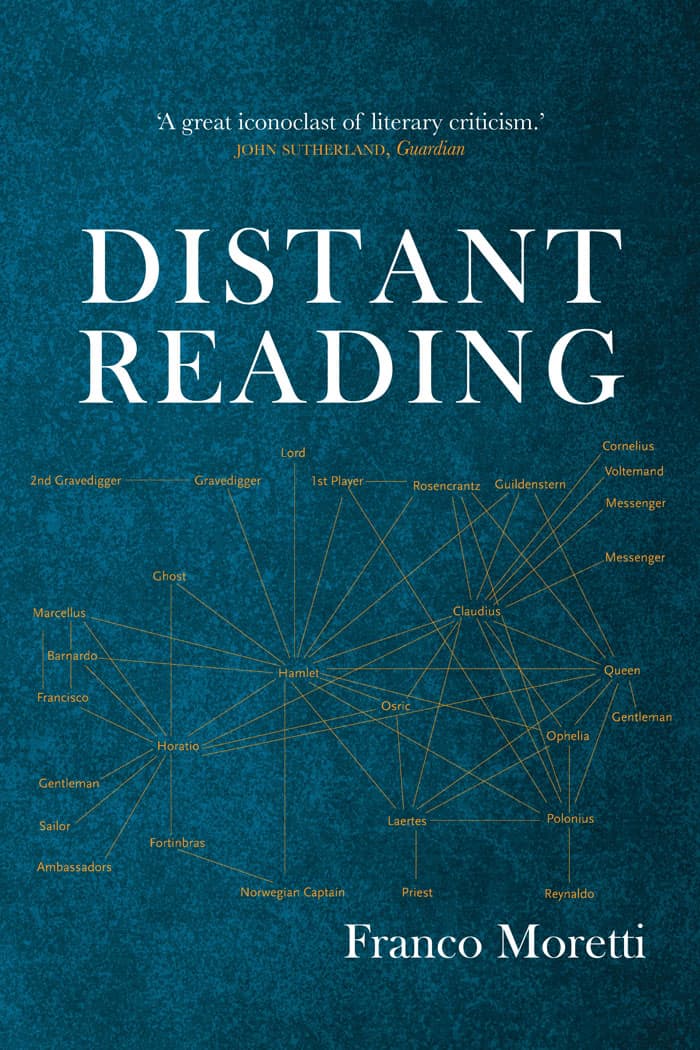Advertisement
Computers And Literature: 'Distant Reading' Might Be Close At Hand

What do charts, line graphs, scatter plots and computations have to do with books? A lot, if you’re talking about the field of digital humanities.
It’s an emerging field across a number of subjects, including history, comparative literature and English. Reading books is one thing, but when you want to look for a pattern, or a trend, among several books across a period of time, that's where digital research tools and even computer science skills come in handy. Creating visualizations is just one way to present the findings. It may be the last thing you'd expect from a scholar of English literature. But it enables literary scholars to ask new questions, solve problems and back up literary criticisms with a history of information.
“It’s a field that uses computers to study literature, that’s all it is,” according Franco Moretti, professor of the humanities at Stanford Univesity. Moretti is the author of six books including, “Graphs, Maps, Trees” and “Distant Reading,” and is considered a forerunner in the field.

His work largely focuses on the concept of “distant reading.” Whereas traditional literary criticism relies on close reading of books — taking a look at sentence structure, word choice and other specific elements — distant reading looks at large amounts of data all at once with the help of a computer.
An example from "Graphs, Maps, Trees," takes the classic "Adventures of Sherlock Holmes." "In the course of the 1890s," Moretti writes, "over one hundred detective stories by 25 different authors had been published in the Strand Magazine alongside Sherlock Holmes." But what allows Holmes to stand the test of time, or as as Moretti puts it, achieve “literary survival?” Moretti's research concludes that it's the way Arthur Conan Doyle used clues in his tales. But that's just one question that can be posed about a great literary classic.
For Moretti, quantification leads to analysis. For example:
Clues begin as attributes of the omniscient detective, I have said, and then turn into details open to the rational scrutiny of all. But if they are the former, they cannot be the latter: Holmes as Superman needs unintelligible clues to prove his superiority; decodable clues create a potential parity between him and the reader. The two uses are incompatible: they may coexist for a while, but in the long run they exclude each other.

The same kinds of questions about books are being asked at the Stanford Literary Lab, where Moretti is current director. The Lab conducts a number of literary experiments, and has produced a total of eight published pamphlets.
The first, “Quantative Formalism: An Experiment," was published in 2012, and asks whether computers can recognize literary genres. “Loudness in the Novel” explores the idea of the different voices a reader experiences while reading either out loud or silently.
The Lab also has about a dozen ongoing research projects, one of which Moretti will discuss in a lecture event at Harvard on March 2. “Micromegas: The Very Small, The Very Large, and the Objects of Digital Humanities,” is hosted by the Department of English and the Mahindra Center for the Humanities, and is open to the public.
“It’s emerging, it’s exploratory,” said Homi Bhabha, professor of the humanities at Harvard and director of the Mahindra Center of Humanities, of digital humanities. Moretti’s work in the field and project on the global study of the novel led the center, along with the Department of English, to invite Moretti for a talk.
Advertisement
“It’s always good to have somebody who comes from the outside,” Bhabha said. “The digital humanities provide many opportunities and many new perspectives as to how to approach the materials they work with. And I think this is a good thing.”
“The digital humanities tends to work with very small units or very large systems,” Moretti said. “This is not how literature is usually studied, so my talk will address the problems that arise from this state of affairs.”
As for the future of the field, “No one knows where it’s going.” Moretti said. “The start has been very strange. A lot of incredibly powerful tools, very sloppy concepts. So it has been a very mixed start. If the field manages to generate intelligent, interesting, clear concepts, it’s going to go very far. Otherwise, it’s going to go nowhere.”
Micromegas will take place at 5:30 p.m., on Monday, March 2, at the Tsai Auditorium at Harvard University. The lecture is free and open to the public.